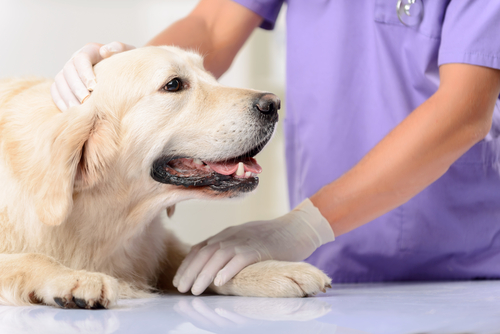National Safety Month is in full swing, and there is a lot of buzz in the air about the importance of workplace safety. The chemicals that we use every day, including disinfectants, are a huge part of creating a safe workplace, and choosing the wrong chemicals can jeopardize the health of your staff, patients, and clients. But if disinfectant safety is as simple as choosing the right product, what’s the problem? Why are there still so many occupational illnesses every year as a result of disinfectants?
The “origin myth” of disinfection was that in order to kill the greatest number of pathogens, disinfectants need to be inherently toxic. Logically, this makes sense – the properties that allow your disinfectant to kill pathogens should mean that it will also cause damage to people, animals, and the planet. Although this was true for many years, researchers have found ways to develop non-toxic, non-irritating and environmentally friendly chemicals that can break down tough-to-kill pathogens such as parvovirus, while posing no safety threats to your patients and staff.
If you’re wondering if your choice of disinfectant chemistry really makes a difference, we now have some compelling evidence. In 2010, the CDC published a report on antimicrobial-related illnesses, and found that the most common ingredients responsible for illnesses were quaternary ammonium compounds (38%), glutaraldehyde (25%) and bleach (18%). These ingredients were associated with eye injuries, neurologic injuries such as headaches, and respiratory irritation. To mitigate these risks, employers often need to invest in expensive personal protective equipment (PPE) that nobody wants to wear.
So how can you put safety first when selecting a disinfectant? Here are a few quick tips:
- Read the labels – Product labels and Safety Data Sheets (SDS) are required by law to contain information on product safety and PPE requirements. Specifically, Section 2 of the SDS contains information on safety hazards.
- Know your chemistry – Even a very basic understanding of the safety of various types of disinfectant ingredients can go a long way in helping you ensure that your product is up to scratch. To learn about this, check out this booklet that we developed with our friends at AAHA.
- Application is everything – Certain methods of applying your disinfectant are safer than others. For instance, using spray bottles can cause excess aerosolization of chemicals, which can be breathed in by your patients and staff. Opting for a foaming trigger sprayer or using a wipe can drastically reduce this risk.
With just a bit of knowledge, safe disinfection is absolutely attainable for any facility. Over the next few posts, we’ll be passing along some key strategies to help you rid your facility of harmful pathogens while protecting your patients, clients and staff.

